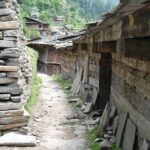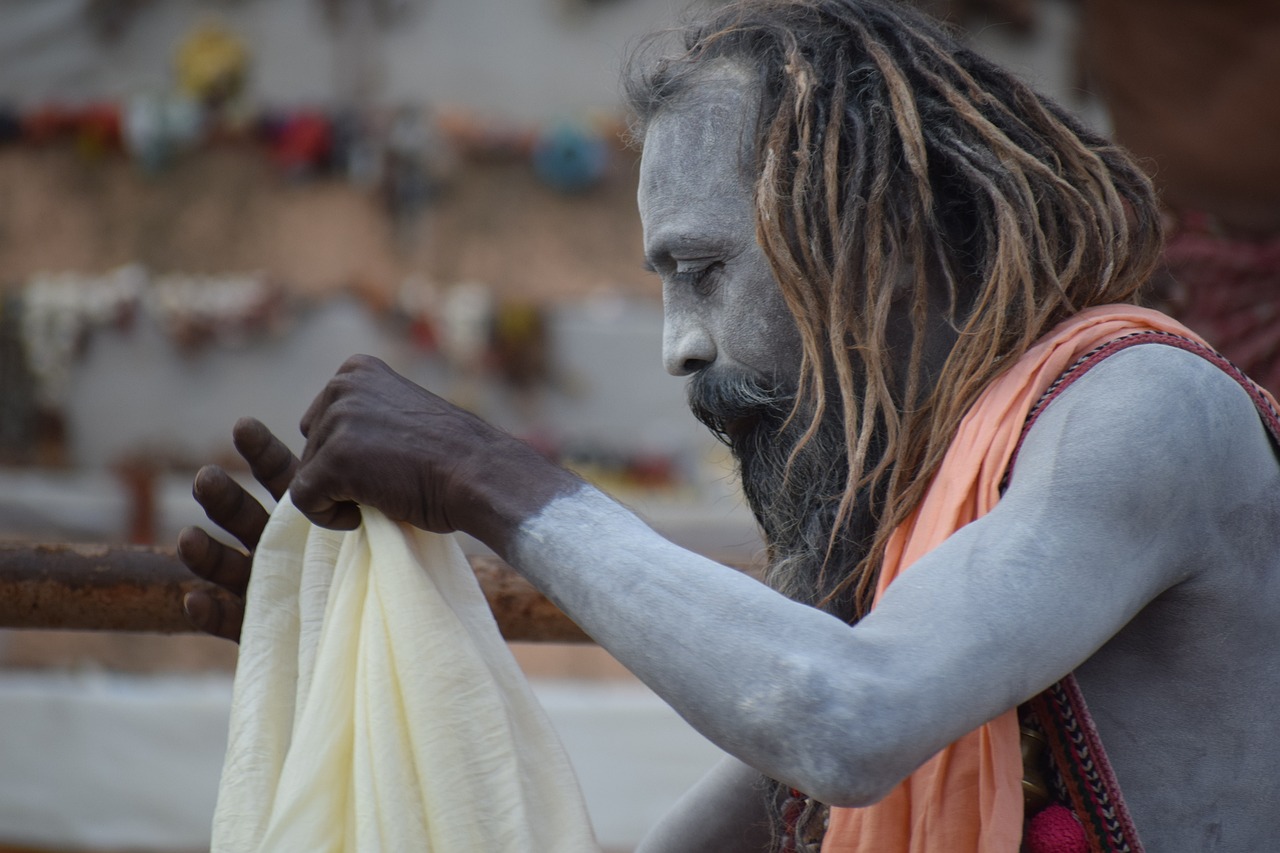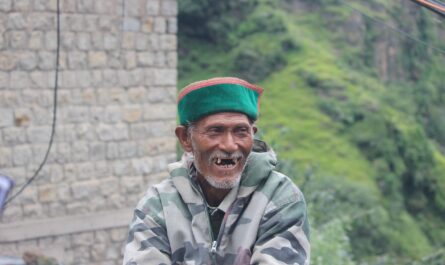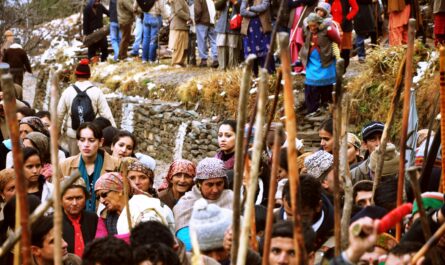Chamba, a town in Himachal Pradesh, is special. This historic town, which is 1000 years old, is embodied in history, and every aspect and region of this district has some tale to tell. One of these is of Sui Mata, or Queen Sui, who was the wife of Sahil Verman, the King of Chamba. Sui Mata Temple, which is located in Saho village of Chamba, is a testimony to the sacrifice of Sui Mata.
Sui Mata Mandir Chamba has beautiful inscriptions and decorations that highlight the significance of this place. To commemorate the sacrifice of Queen Sui, a fair is held on 15th March, which goes on for a fortnight on the campus of Sui Mata Temple and in Saho, which is a small and beautiful village near the district headquarters of Chamba.
History of Sui Mata Temple
The story behind the creation of the Sui Mata Temple is quite interesting, too. It is said that the Kingdom of Chamba used to suffer from a scarcity of water during the reign of King Sahil Verman. He tried various means of getting over this problem and yet could not find any worthy solution. Thus, after consulting his priests and other religious gurus, it was suggested that his son or wife had to be sacrificed, and only then could this problem of scarcity of water end.
Queen Sui did not want her son to be sacrificed, so she chose to give her life instead. The place where she was sacrificed for the cause of her people is the place where the Sui Mata Temple has been created as a mark of respect to this brave queen. It is said that post her sacrifice, water began to flow in the river, and the problem of water scarcity in the region ended forever.
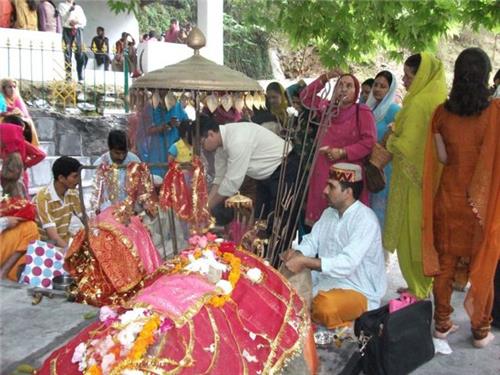
Image Courtesy: Mysterious Himachal
Sui Mata Mandir Chamba Architecture
As spoken around is the Sui Mata Ki Kahani, so popular and talked about is the Sui Mata temple architecture. The main temple is the prime attraction, where a large number of devotees, not only from Chamba but also from other parts of the state and country, visit.
Rani Sarda, the queen of King Raja Jit Singh, played the pivotal role in the construction of Sui Mata Mandir. A flight of steps leads to the temple and opens up the vastness of nature to anyone who loves nature and wants to spend some moments of solitude here.
The Sui Mata memorial and a statue in her memory are other indications that the queen is highly regarded in this region. Moreover, by constructing a temple in her memory and giving her the status of goddess, the people in the region live up to the expectations of making Himachal “the land of the Gods”.
Sui Mata Fair
From 15th March to 1st April every year, the region undergoes a unique transformation. This is the time when the Sui Mata Mandir complex comes to life. A fair is organized to honor Sui Mata, or Queen Suaniana, for her sacrifice. The palanquin of Queen Suaniana is taken from her place to the temple. Though the main fair is for 3 days, the festivities continue, and young girls and women attired in traditional dress hold a ceremony which is known by the name of Sukraat. Married women especially pay their regards to Sui Mata on this occasion and seek her blessings.
How to Reach Chamba
Chamba is accessible by road and is at a distance of 102 km from Pathankot. You can reach Pathankot in Punjab by train and travel to Chamba by HRTC buses or by taxi, or by your own vehicle. There are numerous other places to visit in Chamba, including the famous Dalhousie and Khajjiar circuit.
FAQs
What are the three parts of the Sui Mata temple?
This temple can be divided into three segments. The first one is the steps leading to the main temple, which were made by Rani Sarda, who was the queen of Raja Jit Singh. This leads to the Sarota stream Second part is the passage, and the last part of the temple is a memorial to Queen Sui, who is considered a goddess.
Why is Sui Mela held every year?
Sui Mela is held every year from 15th March to 1st April to commemorate the memory of Queen Sui, who chose to sacrifice her life so that people in the region would have access to water.
Featured image courtesy: Joktaacademy







